“Beautiful but Useless Art”? Distinguishing Art and Design through Concept and Purpose
The world of creativity is often divided into two distinct categories: art and design. While these fields may seem similar at first glance, they have unique concepts and purposes that set them apart from each other. Art is often associated with beauty and expression, while design is seen as a practical solution to problems. However, as society continues to evolve, the lines between art and design are becoming increasingly blurred. Can these two seemingly contrasting worlds truly coexist? In this article, we will delve deeper into the definitions of art and design, explore their purposes, and discuss whether or not they can replace each other. Through understanding the key differences between these creative domains, we hope to gain a better appreciation for their individual contributions to our society.
What are Design and Art?
Before we dive into the differences between art and design, it is important to understand what these terms actually mean. While both may encompass elements of creativity, there are distinct characteristics that set them apart.
Art
Art is a broad term that has been around since the beginning of human civilization. It encompasses a wide range of mediums such as paintings, sculptures, music, literature, and more. Artists use these mediums to express their imagination, emotions, and ideas. Art is not limited by rules or restrictions and allows for subjective interpretations. This makes it a powerful tool for self-expression and communication.
Throughout history, art has played a significant role in shaping cultures and societies. From ancient cave paintings to modern street art, it has the ability to transcend time and leave a lasting impact on humanity. Art has the power to evoke emotions, spark discussions, and challenge societal norms. It is a window into the human experience and allows us to connect with one another on a deeper level.
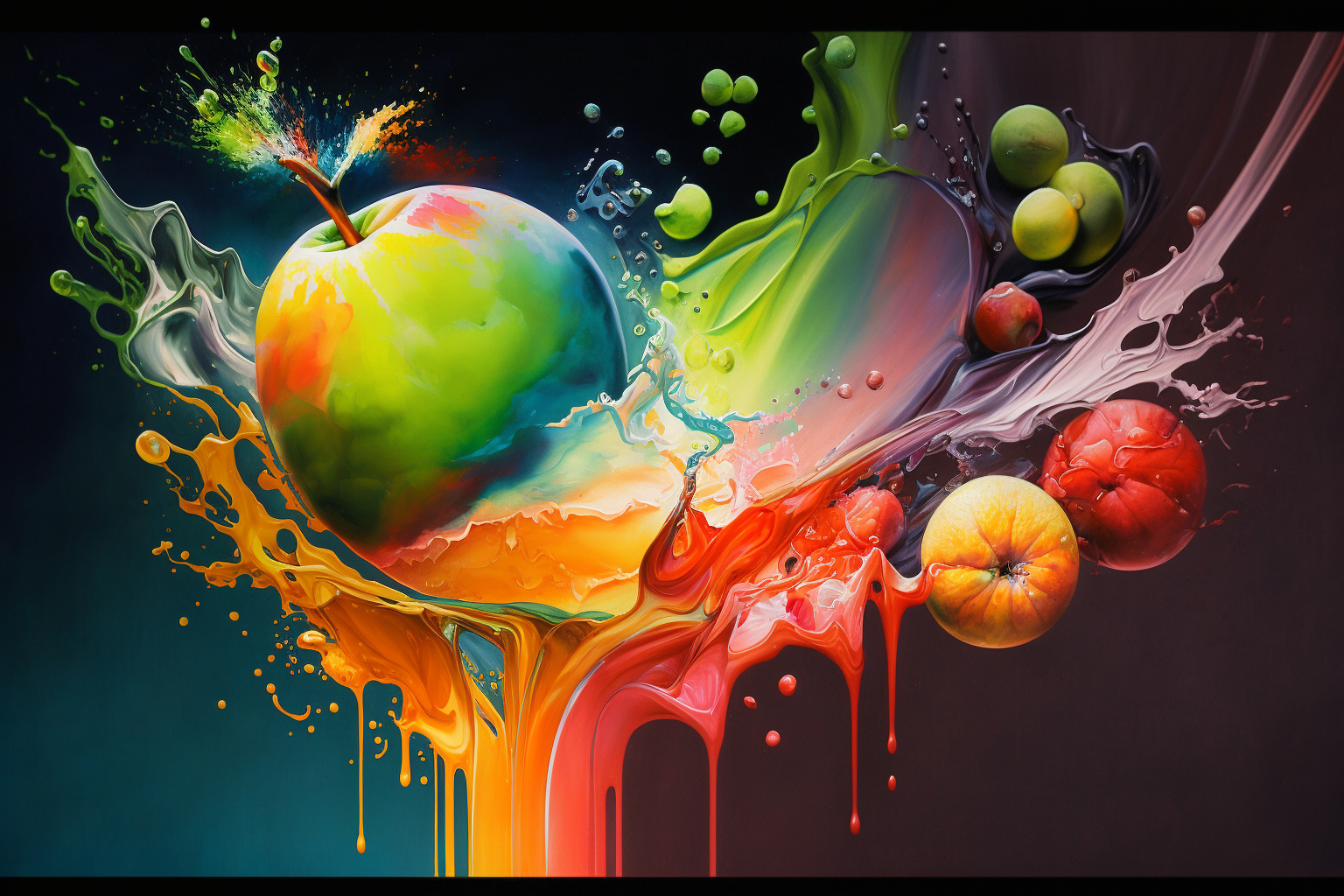
Art transcends rules and restrictions, welcoming subjective interpretations
Design
Design, on the other hand, emerged as a result of society’s need for practical solutions. In its simplest form, design can be defined as the process of creating something with a specific purpose in mind. This purpose could range from solving a problem to achieving a certain goal. Unlike art, design follows a systematic process and often involves collaboration between multiple individuals.
In today’s world, design can be found everywhere – from the clothes we wear to the products we use and the advertisements we see. It is a crucial part of our daily lives, whether we realize it or not. The role of a designer is to understand the needs of the user and create a solution that is both functional and aesthetically pleasing. With various specializations such as graphic design, product design, and interior design, the field of design continues to grow and evolve.
Purpose of Design and Art
The main difference between art and design lies in their purpose. While both are forms of creativity, they serve different functions in society.
Design
The primary purpose of design is to inform and communicate a message to the user. Whether it is through a product, logo, or advertisement, the aim of it is to achieve a specific goal. This can range from generating profits for a company to attracting new customers or maintaining brand identity. As mentioned earlier, design follows a process and is driven by the needs of the user. Therefore, it is essential for designers to have a deep understanding of their target audience in order to create effective solutions.
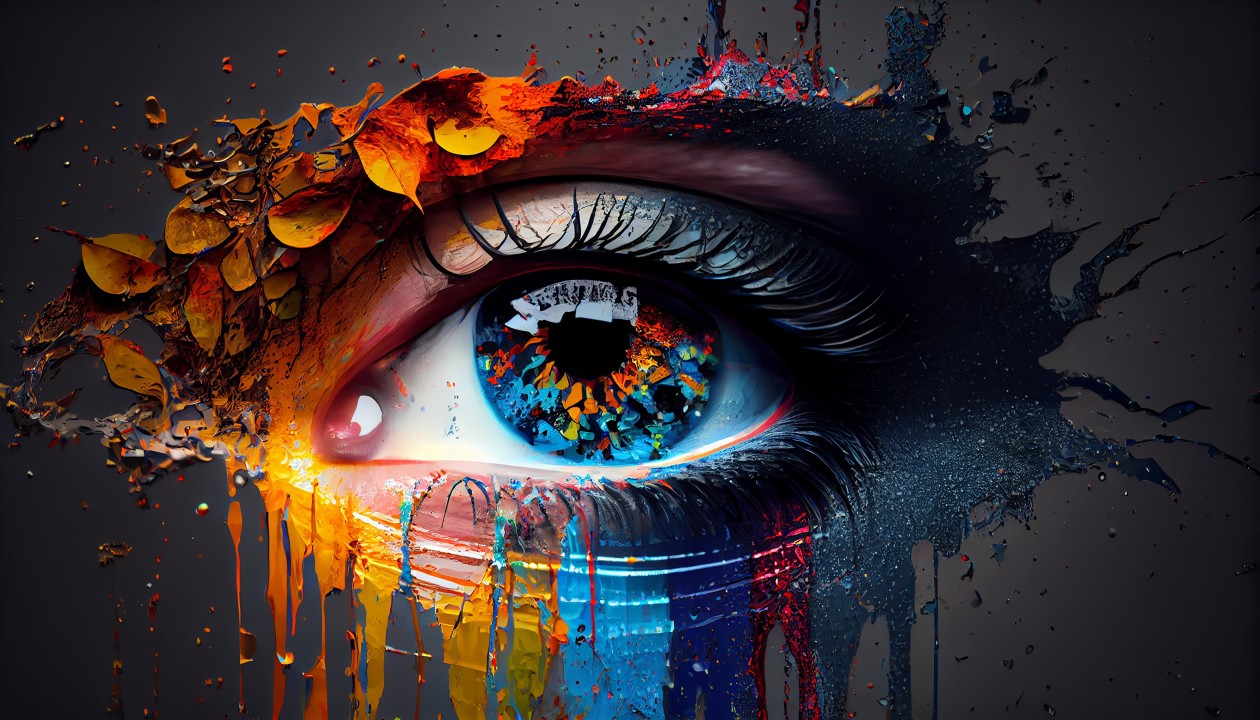
The main objective of design is to convey and communicate a message effectively to the user
Art
On the other hand, the purpose of art is to persuade and inspire. Art is not limited by practicality or functionality; instead, it focuses on aesthetics and evoking emotions. The goal of an artist is not to appeal to a targeted audience, but rather to express their personal thoughts and feelings. Art has the power to transcend language and cultural barriers, making it a universal form of communication.
One may argue that art has no purpose at all, and that is precisely what makes it so unique. It does not aim to achieve any specific goal or solve a problem; instead, it simply exists to be admired and appreciated. However, this does not diminish its importance in society. In fact, art plays a crucial role in enriching our lives and providing us with a different perspective on the world.
Can Design and Art Replace Each Other?
As we have established, art and design serve different purposes in society. They each have their own strengths and contributions, making them irreplaceable in their respective fields. While there are instances where design incorporates elements of art, and vice versa, it is important to recognize that they are still distinct from one another.
Design is often seen as a practical solution to problems, while art is viewed as a means of expression. However, in recent years, there has been a growing trend of incorporating elements of art into design. This can be seen in the world of advertising, where companies use artistic elements to enhance the aesthetics of their products or campaigns. Similarly, artists are also starting to use their talents for commercial purposes, such as creating designs for fashion labels or collaborating with brands for marketing campaigns.
While these collaborations may blur the lines between art and design, it is essential to understand that they cannot replace each other. Even when elements of art are incorporated into design, the ultimate goal is still to achieve a practical result. Therefore, it is safe to say that art and design are complementary but not interchangeable.
Collaboration between Design and Art
Art and design, though distinct in their purposes and processes, can come together to create powerful and impactful results through collaboration. When artists and designers work together effectively, they can leverage the strengths of each discipline to produce innovative and visually striking outcomes.

Art and design, each with distinct purposes and processes, can synergize to produce powerful and impactful results through collaboration
Understanding Each Other’s Fields
Successful collaboration between artists and designers requires a deep understanding and respect for each other’s fields. Designers are often focused on functionality and problem-solving, while artists prioritize emotion and aesthetics. By acknowledging and appreciating these differences, both parties can bring their unique perspectives to the table and create something truly exceptional.
Collaborating in Advertising
One of the most common areas where art and design intersect is in advertising. Brands often collaborate with artists to infuse creativity and uniqueness into their campaigns. By incorporating artistic elements, such as illustrations or visual storytelling, designers can enhance the message of the advertisement and make it more engaging for the audience.
Enhancing User Experience
In the realm of digital design, collaboration between artists and designers can lead to an enhanced user experience. Artists can contribute their creative flair to the visual aspects of a website or app, making it more aesthetically pleasing and memorable for users. By working together, designers can ensure that the interface is not only functional but also visually appealing.
Pushing Boundaries
Collaboration between art and design can also push boundaries and challenge traditional norms. When artists and designers come together, they can experiment with new techniques, materials, and concepts that may not have been possible otherwise. This fusion of creativity and practicality can lead to groundbreaking innovations in various industries.
Inspiring Creativity
Ultimately, collaboration between art and design can inspire creativity and open up new possibilities for both disciplines. By working together, artists and designers can learn from each other’s strengths and expand their own horizons. This cross-pollination of ideas can result in fresh perspectives and innovative solutions that benefit not only the collaborators but also the audience.
Key Differences between Design and Art
While art and design share some similarities, they also have key differences that set them apart. Understanding these distinctions is crucial in appreciating the unique contributions of each discipline.
Process
- Design: Follows a systematic process to solve specific problems.
- Art: No set process or rules; creation is driven by personal expression and intuition.
Purpose
- Design: Informs and communicates a message to achieve a goal.
- Art: Persuades and inspires, often reflecting personal thoughts and emotions.
User Focus
- Design: Prioritizes the needs and preferences of the user.
- Art: Expresses the artist’s personal vision and ideas without necessarily considering the viewer’s perspective.
Collaboration
- Design: Often involves teamwork and collaboration with clients or other professionals.
- Art: Can be a solitary pursuit, with the artist working independently to create their vision.
Goal
- Design: Aims to provide a practical solution or achieve a specific result.
- Art: Exists to be appreciated, admired, and provoke thought or emotion in the viewer.
Conclusion
In conclusion, art and design play distinct yet complementary roles in our society. While art serves as a form of self-expression and communication, design focuses on problem-solving and achieving practical results. Despite their differences, collaboration between art and design can lead to innovative and impactful outcomes that benefit both creators and audiences.
By understanding and respecting the unique characteristics of art and design, individuals can harness the strengths of each discipline to create compelling and visually stunning work. Whether through collaborative projects, advertising campaigns, or user experience enhancements, the fusion of art and design has the potential to inspire creativity, push boundaries, and elevate the aesthetic quality of products and experiences.
Next time you encounter a beautifully designed product or a captivating piece of artwork, take a moment to appreciate the intricate balance between artistry and functionality. Both art and design have their place in our world, enriching our lives in their own distinctive ways.
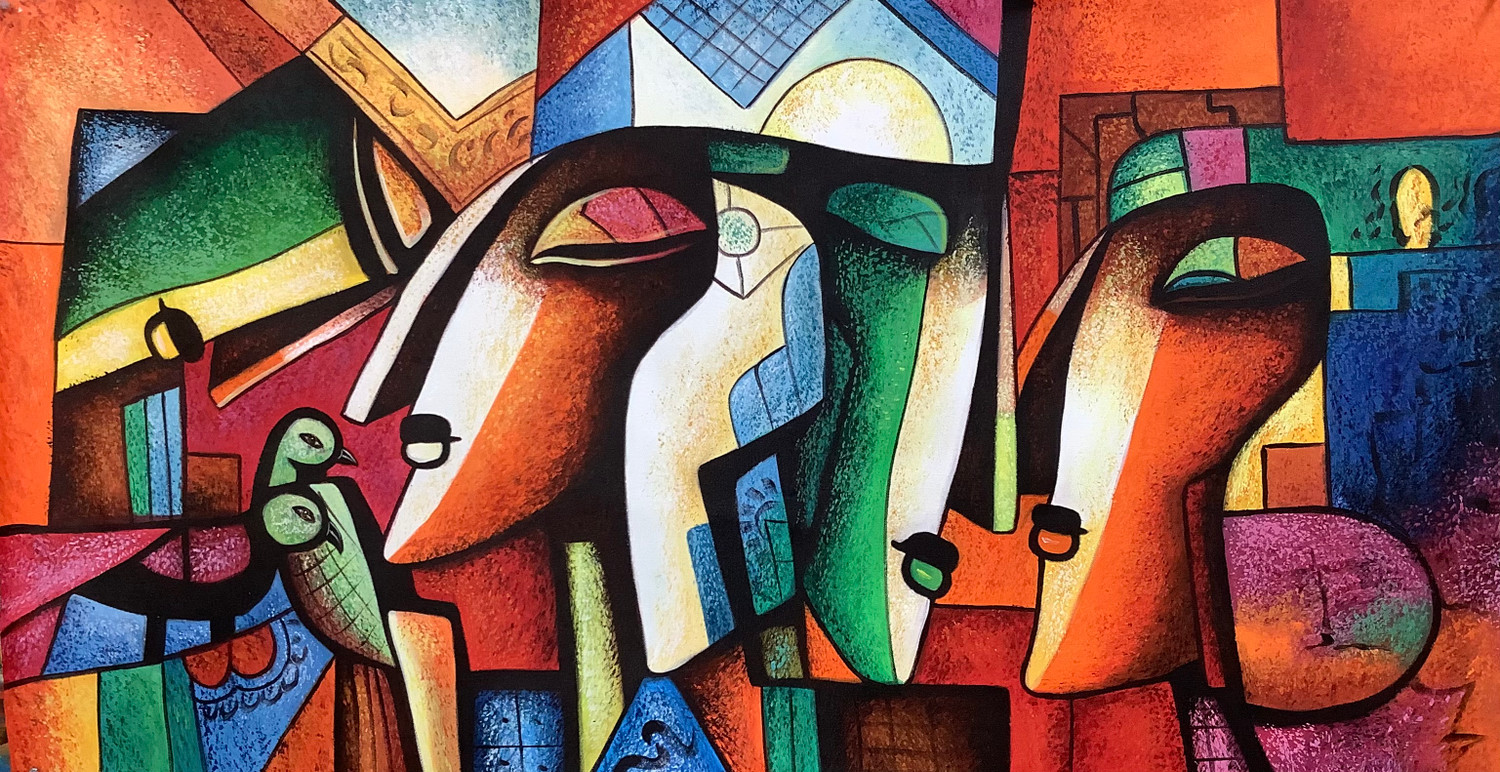
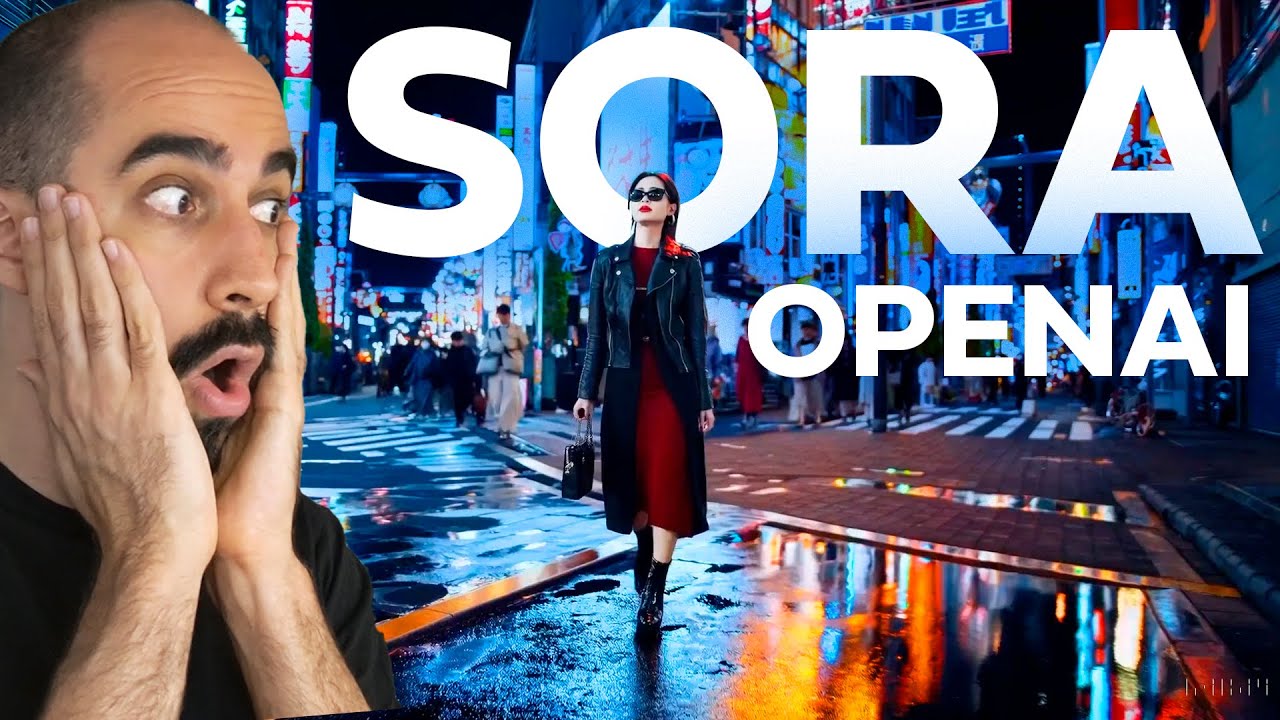
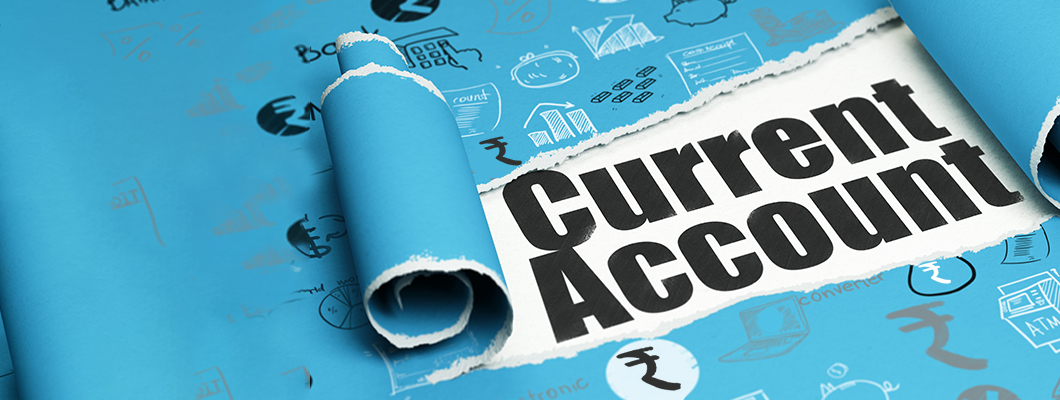
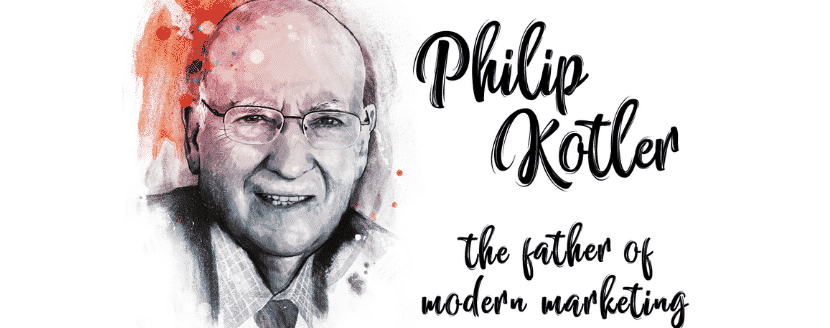




Post Comment